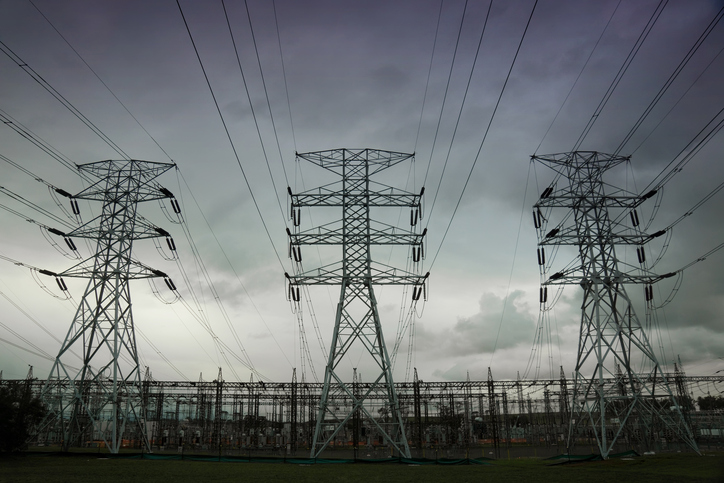Two distribution network operators (DNOs) have applied to Ofgem for approval to invest £79 million in funding between them to boost their active management capabilities and counteract the challenges of increasing volumes of low-carbon technologies.
The regulator opened a consultation last month on the applications by UK Power Networks (UKPN) and SP Energy Networks (SPEN) to receive funding from the RIIO-ED1 Innovation Roll-out Mechanism (IRM).
The IRM is intended to facilitate the roll-out of proven innovations, with successful projects needing to deliver carbon and/or environmental benefits while representing value for money for consumers with novel approaches that could not be delivered through any other means.
As stated by Ofgem in its consultation, which will be open until 28 July, a common theme in three of the submissions is the need for active management of the distribution network in order to respond to challenges caused by an increasing volume of low-carbon technologies (LCT) on the network, such as distributed generation and electric vehicles.
In UKPN’s project application, dubbed Low Voltage Network Visibility and Control System, £33.5 million would be used to respond to “a quicker than expected uptake” in LCTs. Electric vehicles in particular are said to be an immediate area of concern after the level of registered EVs in UKPN’s licence area has already exceeded forecasts by 15%.
It therefore proposes to use the funding carry out a targeted roll-out of Remote Terminal Units (RTUs) in priority areas to collect and transmit real-time data to the network control room where the data would be visualised.
“The establishment of real-time network visibility in our control room will ultimately enable the use of ‘smart’ network control solutions,” the application states.
It adds that installing such resources over 5,834 sites could deliver lifetime benefits of approximately £54 million in the form of efficient LV network reinforcement, as well as an annual reduction of 20,000 tonnes of CO2.
Meanwhile, SPEN has applied for £45.5 million in total across three projects including a bid to increase active network management (ANM) across the Dumfries and Galloway network as this is subject to export constraints onto the transmission network.
Currently, a high level of distributed energy is frequently disconnected to mitigate transmission constraints and acts as a barrier to the development of new DG.
SPEN says the installation of an ANM would manage the transmission network constraints in a significantly more refined way, resulting in fewer constraint actions and could facilitate the connection of new local generation.
It is seeking £9.7 million of this project but states it could provide benefits of £39.2 million.
Other SPEN projects seeking funding include an enhancement programme for secondary substation monitoring, which could allow efficient connection of low carbon technologies over the coming 14 years as well as effectively adding capacity by removing the thresholds used to plan conventional reinforcement activities.
Both SPEN and UKPN state that the real time monitoring and ANM will benefit consumers and the environment.
Once the consultation to stakeholders – transmission companies, DNOs, generators, suppliers and other interested parties – is closed, Ofgem is expected to make its decision by the end of September 2017.
However, the applications are the latest sign of the growing need by DNO’s to transition towards a more active role in managing their local grids, due to the rise of distributed energy generation and new technologies making their presence felt on networks.
Ofgem’s recent smart power call for evidence, launched in November alongside the Department of Business, Energy and Industrial Strategy (BEIS), set out a desire to promote closer collaboration between local grid operators and National Grid to work out the best solutions for managing a system with increasing amounts of low carbon generation.
The response to the CfE is expected imminently.





